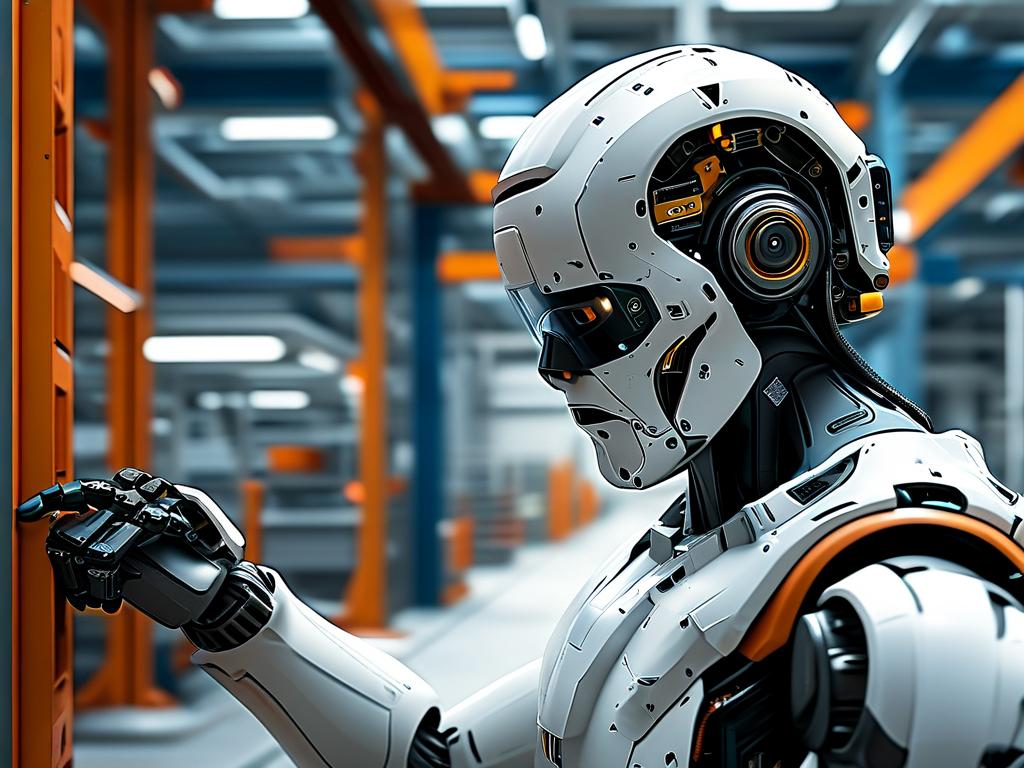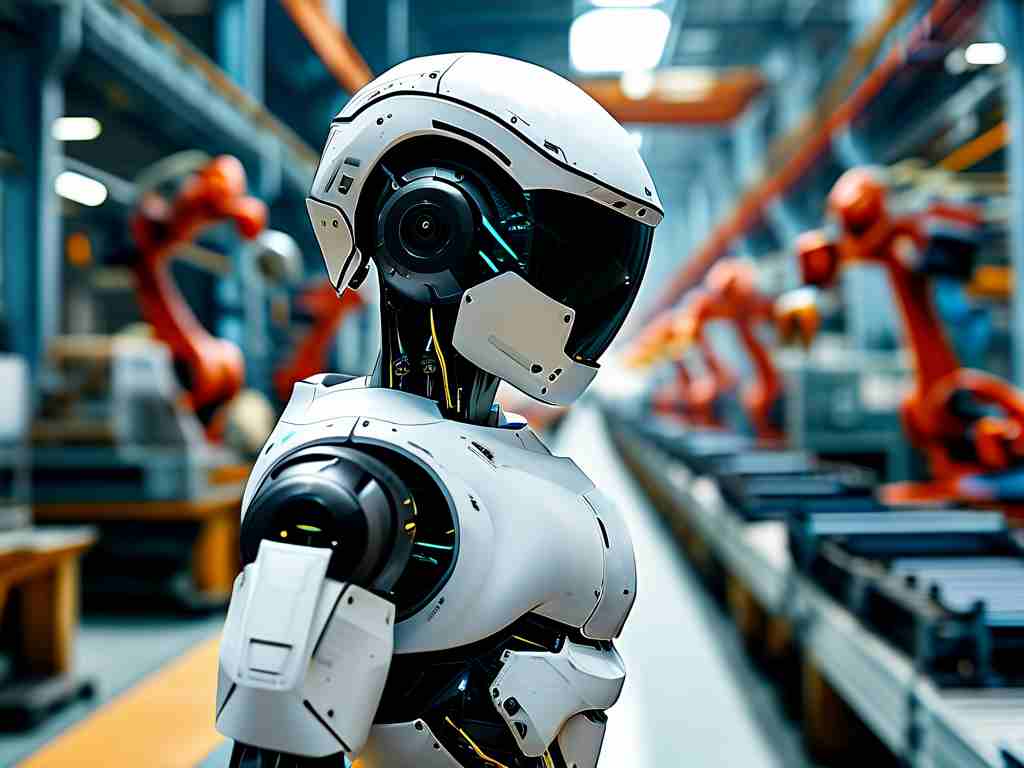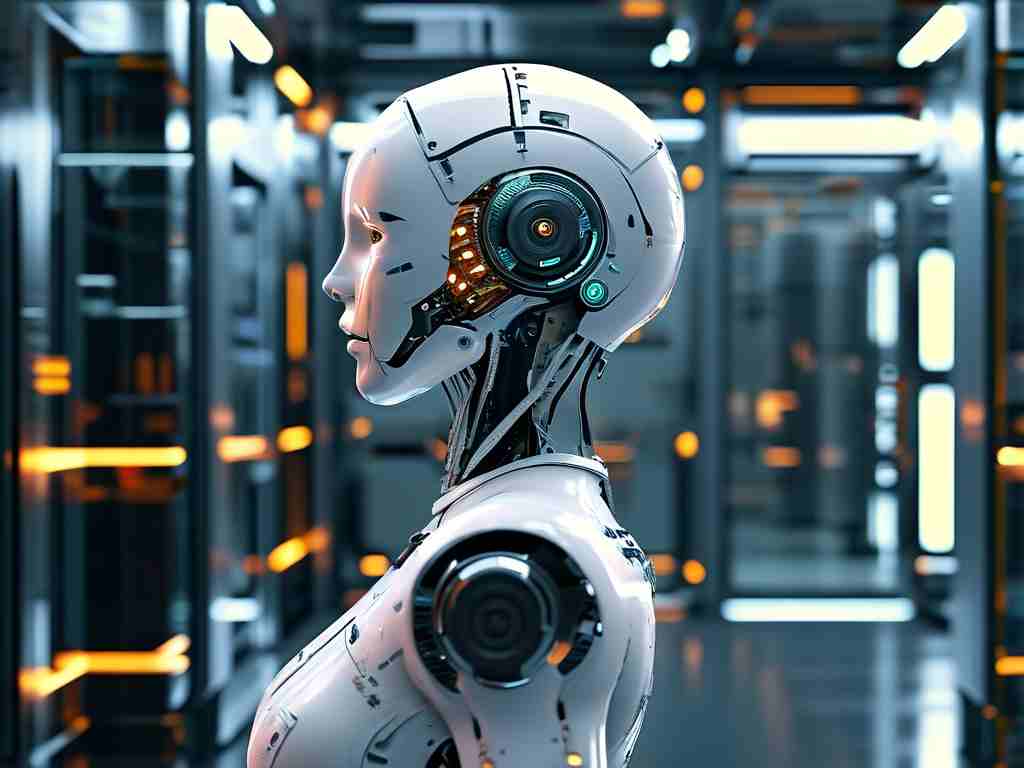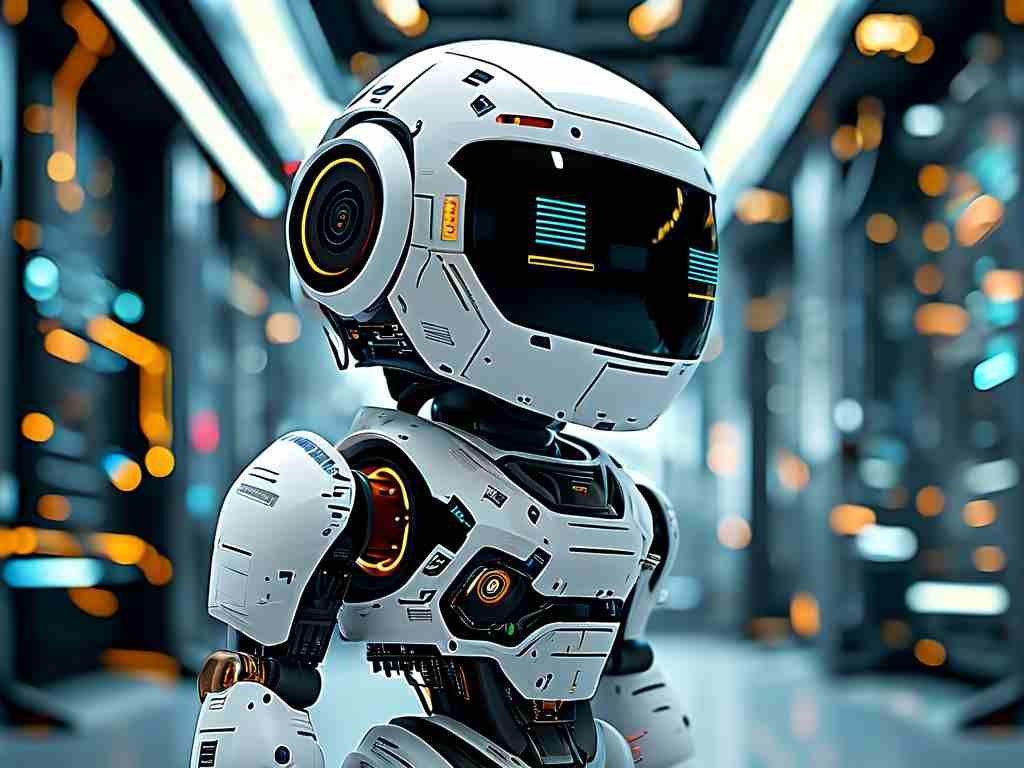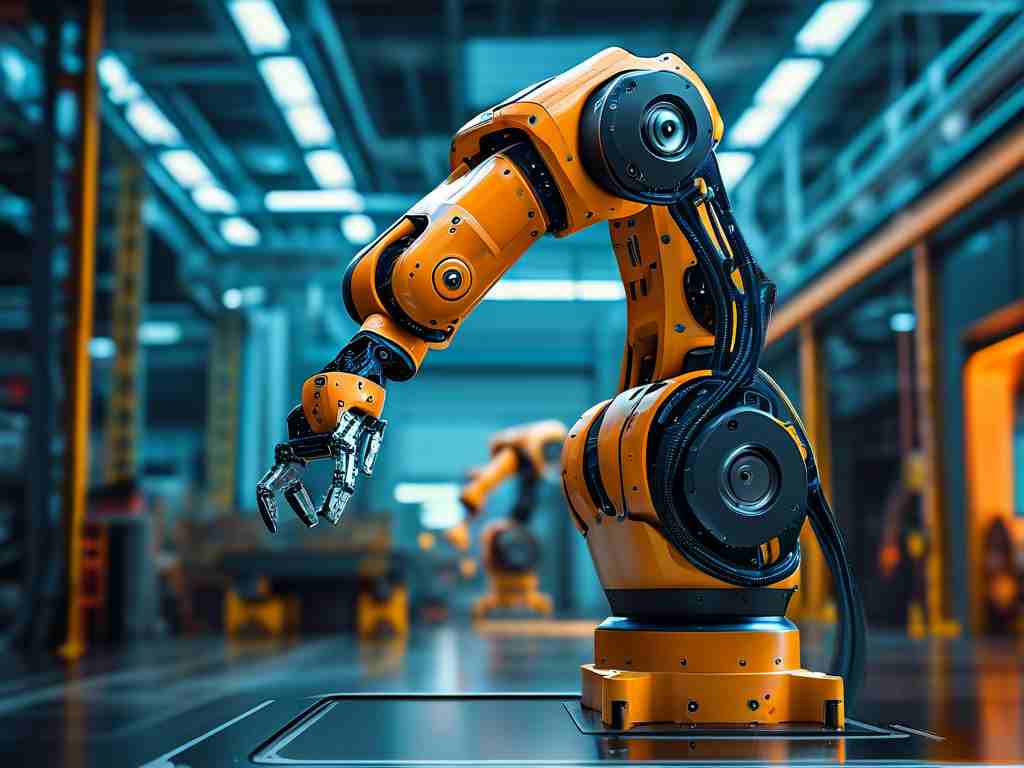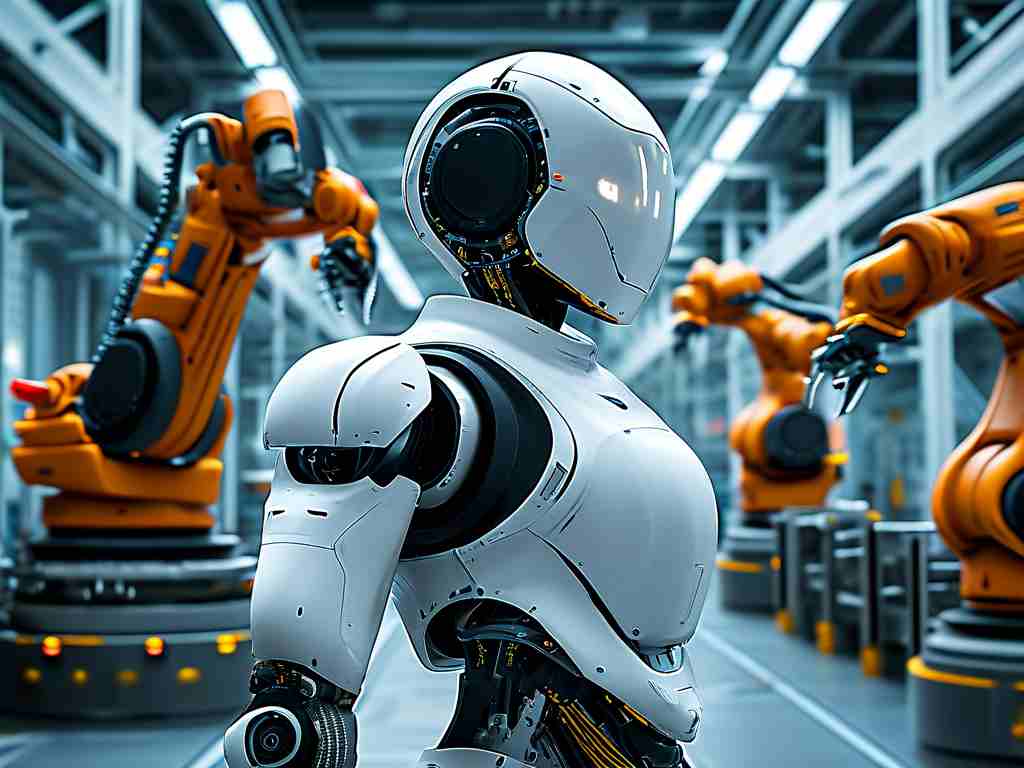The intersection of biological inspiration and advanced engineering has given rise to panda-inspired robotics – a field blending zoological behavior patterns with cutting-edge automation. Unlike conventional industrial robots, these systems mimic the distinctive physical and behavioral traits of giant pandas, offering unique solutions for human-machine interaction and environmental adaptation.
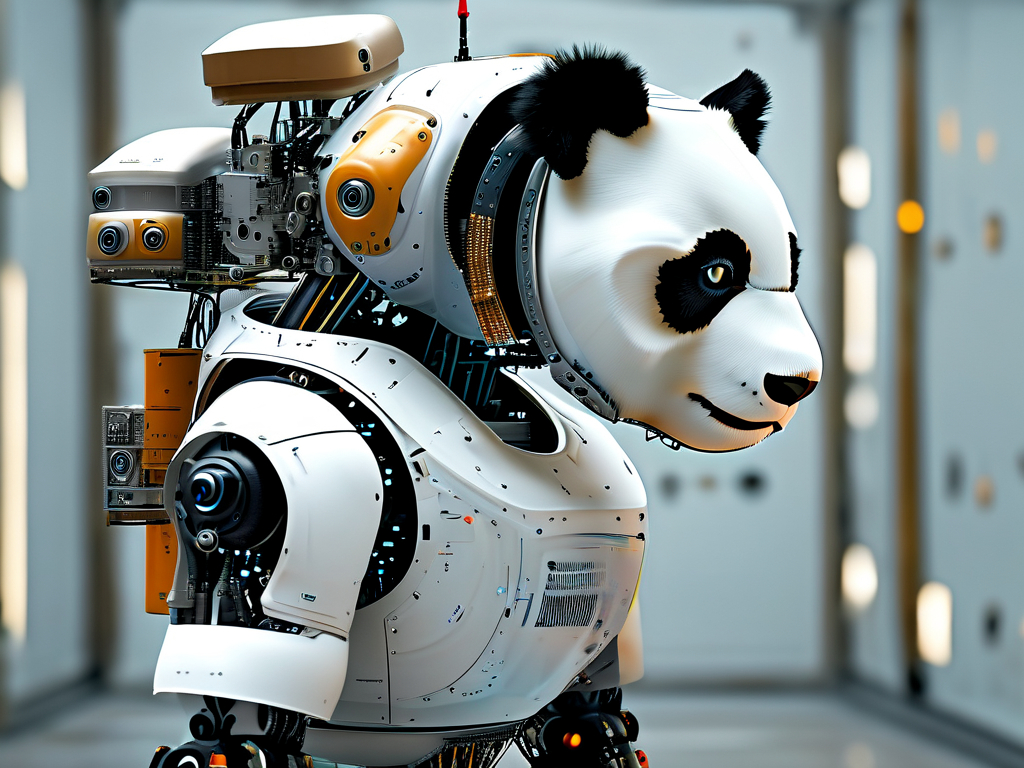
Biomimetic Framework
At the heart of panda robotics lies a biomimetic skeletal structure. Engineers replicate the panda’s bone density ratio (approximately 1.5 times heavier than similar-sized mammals) using hybrid materials like carbon-fiber-reinforced polymers. This creates a durable yet lightweight framework capable of supporting dynamic movements. For instance, the robotic forearm integrates variable-stiffness joints that simulate a panda’s bamboo-grasping dexterity, achieving 27 degrees of freedom through modular servo assemblies.
Motion Control System
Panda robots employ a hierarchical motion control architecture. At the base layer, force-torque sensors embedded in limb endpoints collect real-time pressure data (sampled at 2kHz), while inertial measurement units track spatial orientation. Mid-layer algorithms process this information using hybrid reinforcement learning models, enabling adaptive gait patterns. During slope traversal tests, these systems demonstrated 89% energy efficiency compared to traditional bipedal robots, thanks to their unique "rolling-walk" motion derived from panda climbing behaviors.
Perceptual Interaction
The facial recognition module utilizes multi-spectral imaging (visible light + near-infrared) to detect human expressions with 94.3% accuracy. This is paired with a proprietary emotion-mapping algorithm that cross-references 68 facial landmark points with vocal tone analysis. When combined with tactile-responsive fur made of piezoelectric nanofibers, the robot can simulate empathetic responses – such as tilting its head when detecting confusion or emitting low-frequency vibrations during "hugging" interactions.
Energy Management
Powering these complex systems requires innovative energy solutions. The latest prototypes feature bio-inspired metabolic circuits that prioritize power allocation based on task urgency. During high-load computations, non-critical systems (e.g., cosmetic ear movement) enter low-power states, extending operational duration by 40%. Experimental models even integrate microbial fuel cells that convert organic residues (like mock bamboo fibers) into supplementary energy, achieving 12-hour continuous operation.
Applications and Challenges
Current implementations span multiple domains:
- Healthcare: Panda robots assist in pediatric therapy, leveraging non-threatening appearances to engage autistic children
- Conservation: Field-deployable units monitor wildlife habitats using scent replication technology
- Education: University laboratories use modular kits to teach biomechatronics
However, technical hurdles persist. The intricate coordination between fluidic actuators and neural networks demands unprecedented computational resources. Recent benchmarks show that processing full-body motion sequences requires 17.8 TFLOPS – equivalent to rendering 4K video in real-time. Thermal management also poses challenges, with joint motors reaching 82°C during sustained operations.
Future Directions
Emerging technologies promise breakthroughs. Quantum annealing processors could optimize motion planning algorithms 200x faster than current GPUs. Meanwhile, advances in artificial mycelium networks may enable self-healing surface materials that mimic panda fur’s regenerative properties. Researchers at the Shanghai Bionics Institute recently demonstrated a prototype that repairs 3mm abrasions within 72 hours through controlled humidity exposure.
As ethical frameworks evolve alongside these technologies, the focus shifts toward responsible innovation. Strict protocols now govern emotional interaction modules to prevent psychological dependency, while open-source movement advocates push for transparent algorithm auditing.
In , panda-inspired robotics represents more than technical mimicry – it embodies a philosophical shift toward nature-compatible automation. By decoding and reconstructing biological marvels, engineers are creating machines that don’t just function in our world, but harmonize with it. The next decade may see these systems transition from laboratory curiosities to indispensable partners in fields ranging from eldercare to ecological restoration.


